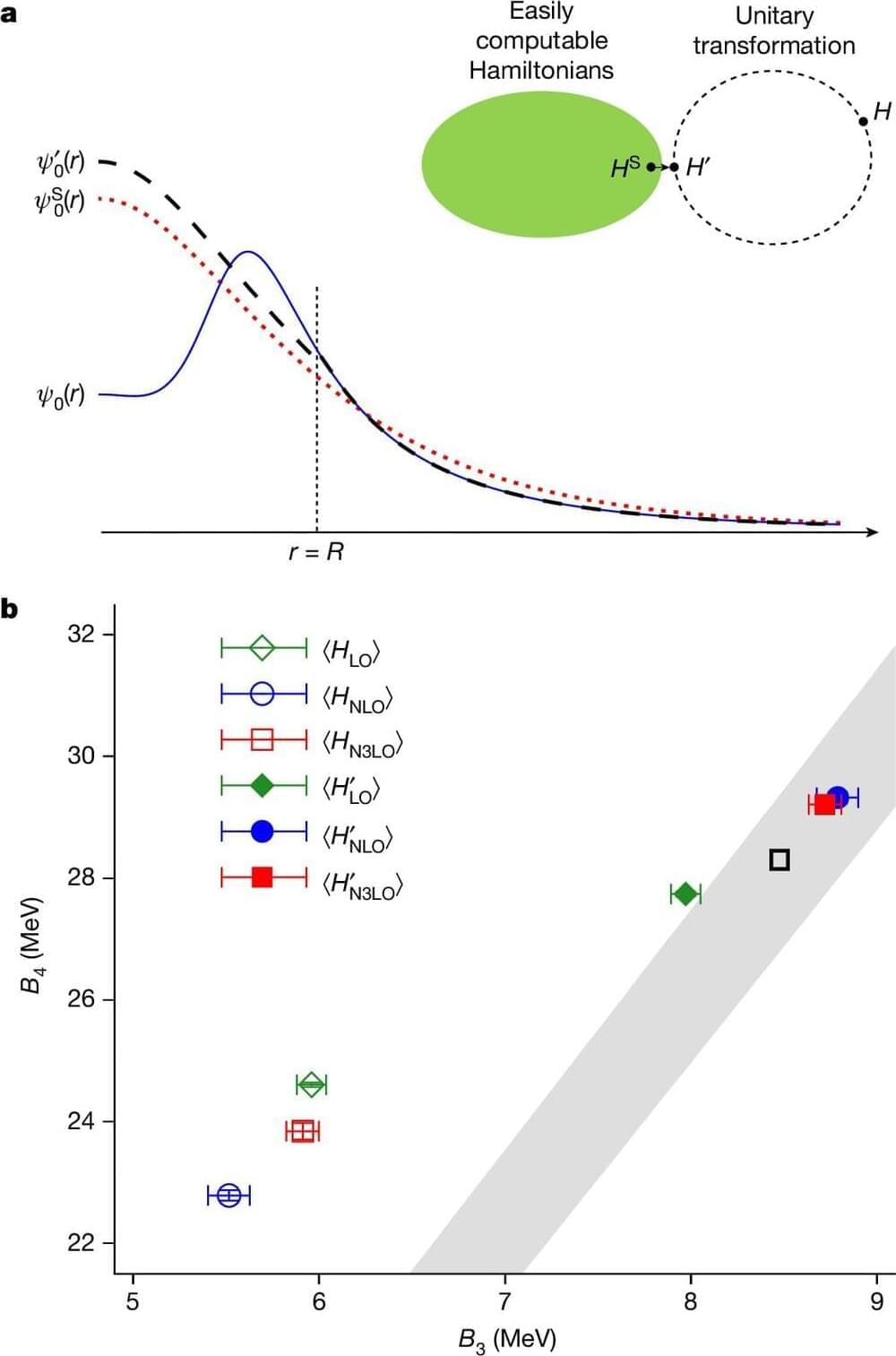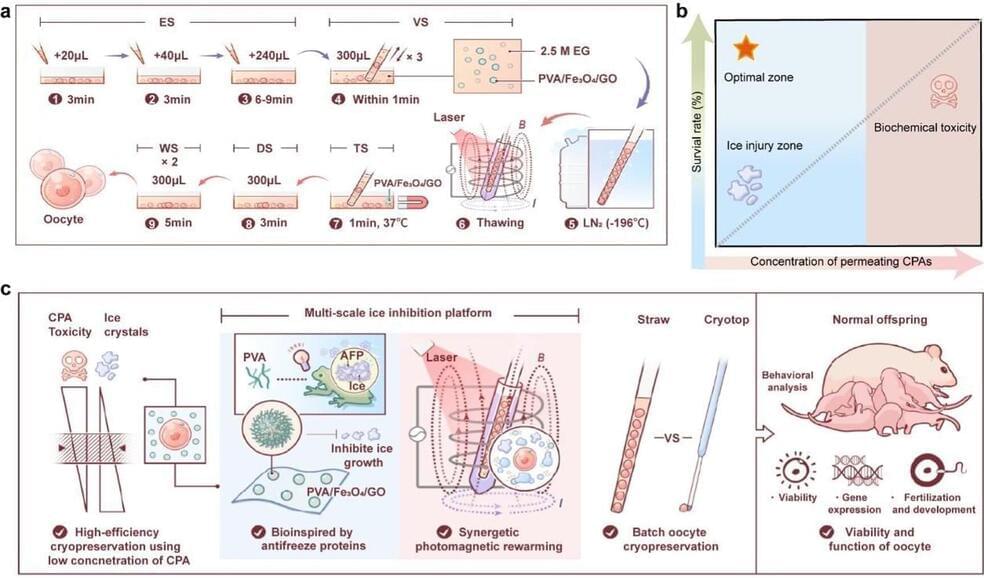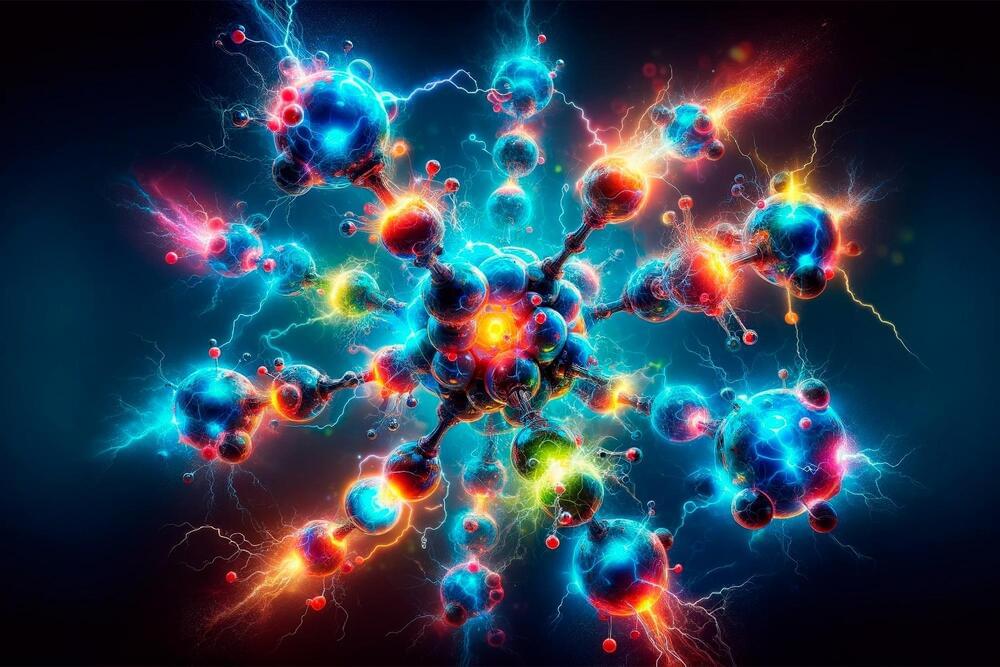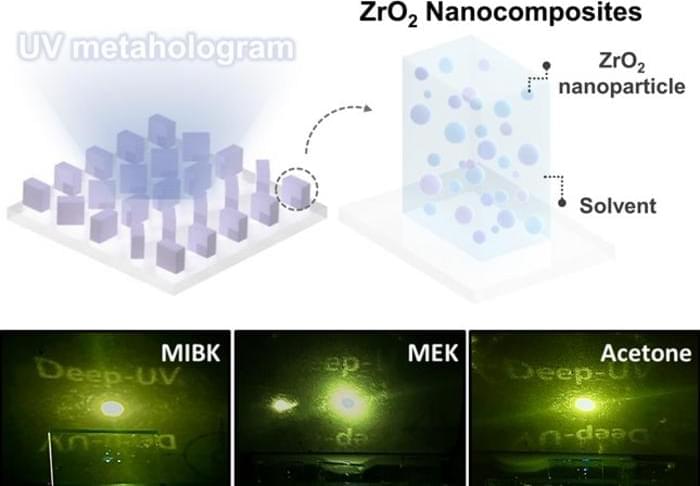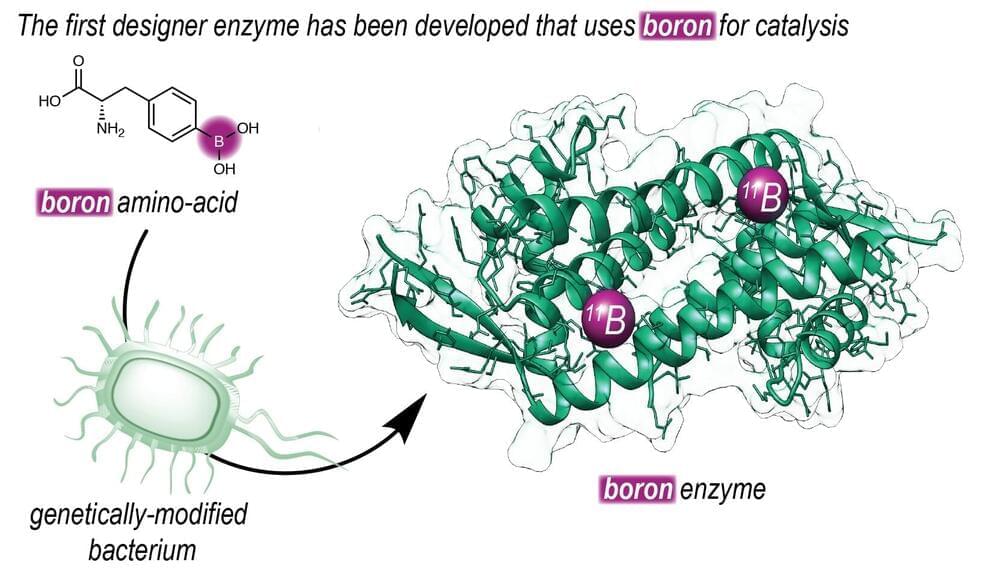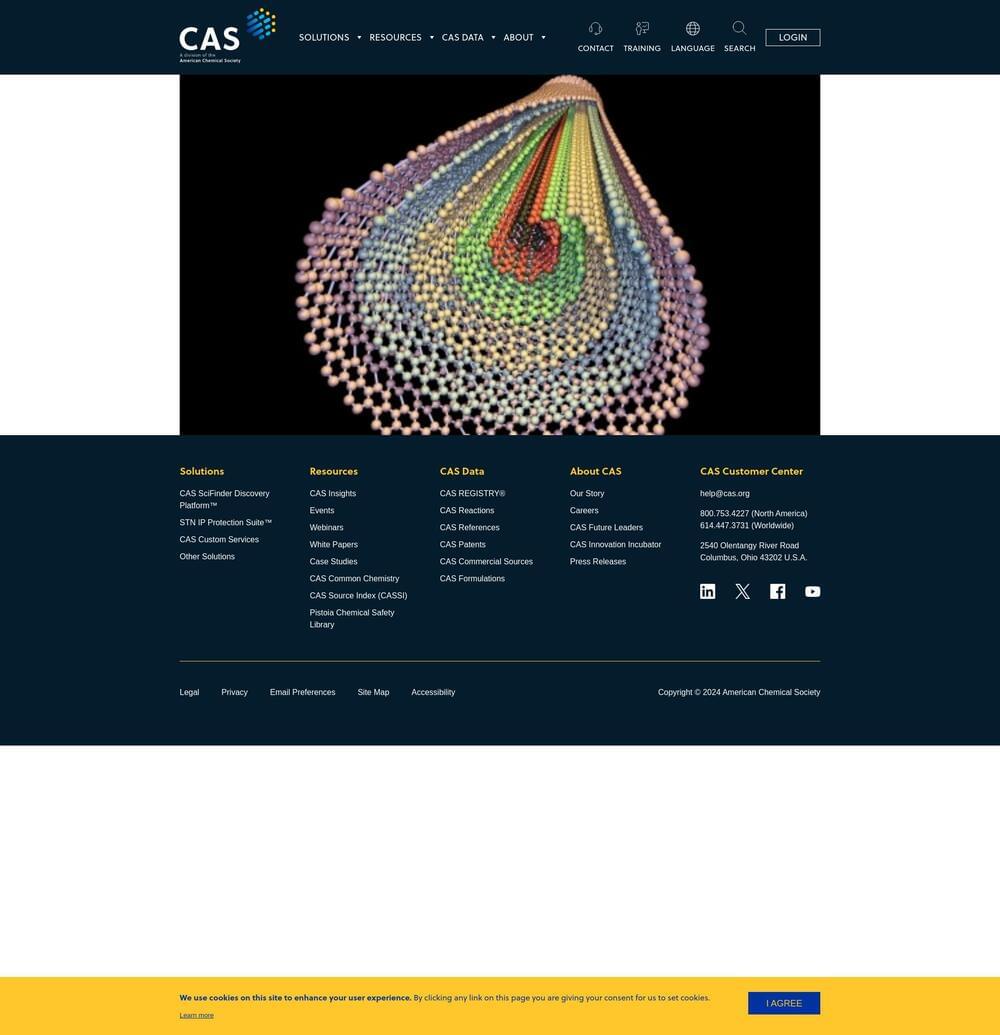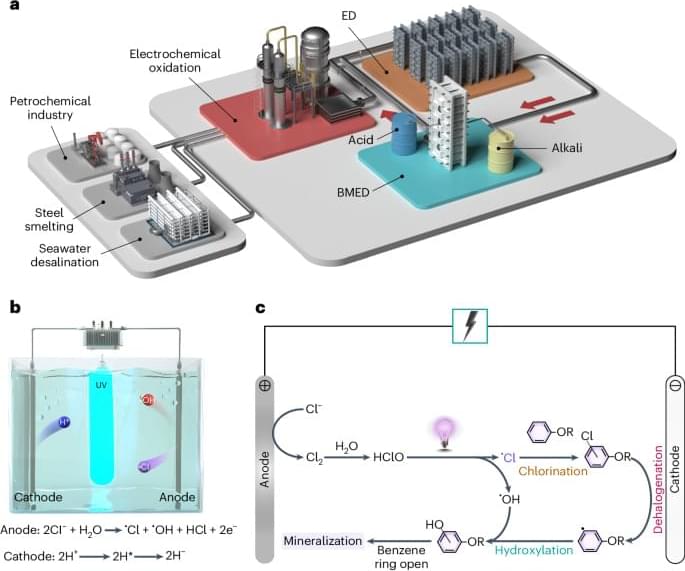May 16, 2024
New method of wavefunction matching helps solve quantum many-body problems
Posted by Saúl Morales Rodriguéz in categories: chemistry, particle physics, quantum physics
Strongly interacting systems play an important role in quantum physics and quantum chemistry. Stochastic methods such as Monte Carlo simulations are a proven method for investigating such systems. However, these methods reach their limits when so-called sign oscillations occur.
This problem has now been solved by an international team of researchers from Germany, Turkey, the U.S., China, South Korea and France using the new method of wavefunction matching. As an example, the masses and radii of all nuclei up to mass number 50 were calculated using this method. The results agree with the measurements, the researchers now report in the journal Nature.
All matter on Earth consists of tiny particles known as atoms. Each atom contains even smaller particles: protons, neutrons and electrons. Each of these particles follows the rules of quantum mechanics. Quantum mechanics forms the basis of quantum many-body theory, which describes systems with many particles, such as atomic nuclei.
